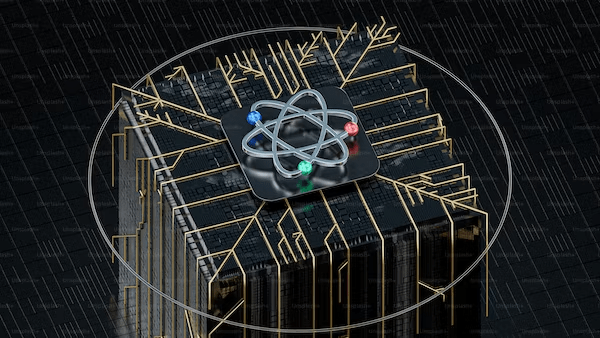
An ambitious collaboration between company QuEra Computing, Harvard University, and the Massachusetts Institute of Technology (MIT) has led to results that could significantly advance neutral atom computing. The team successfully demonstrated two-qubit entangling gates with an unprecedented fidelity of 99.5% on 60 neutral atom qubits in parallel. This achievement breaks previous barriers and paves the way for viable commercial applications of quantum technology.
According to the press release: “The quantum breakthrough is the result of an extensive test conducted by Harvard University’s Department of Physics and John A. Paulson School of Engineering and Applied Sciences, QuEra, and MIT’s Department of Physics and Research Laboratory of Electronics.”
How Neutral Atoms Could Be a Next-Generation Computing Source
Neutral atom arrays are a rising star in quantum computing. Their dynamic architecture allows coherent control over hundreds of qubits and facilitates any-to-any gate connectivity. The achievement of a fidelity rate above 99% is essential for surpassing quantum error-correcting thresholds. The prior record was set at 97.5% fidelity, making this latest announcement a significant leap forward.
Such a quantum leap has a profound implication on the trajectory of quantum computing. By setting new standards in fidelity, the teams from MIT, Harvard, and QuEra have laid a solid foundation for quantum algorithms, error-corrected circuits, and digital simulations on a large scale.
New Results Boost QuEra Computing Further as a Neutral Atom Leader
“While QuEra is known for its publicly-accessible 256-qubit computer operating in analog mode, we are hard at work towards delivering industry-leading gate-based mode capabilities,” Yuval Boger, Chief Marketing Officer of Quera Computing, told Inside Quantum Technology. “Achieving 99.5% fidelity, breaking through the error correction threshold, is another important step on that journey. It also highlights how far neutral-atom computing has come, quickly taking its place as a most promising quantum computing modality.”
This research, first disclosed in ArXiv, further underscores the synergy of academia and industry. The combined expertise of QuEra, Harvard, and MIT has brought the world of quantum computing significantly closer to commercial reality.
Kenna Hughes-Castleberry is a staff writer at Inside Quantum Technology and the Science Communicator at JILA (a partnership between the University of Colorado Boulder and NIST). Her writing beats include deep tech, quantum computing, and AI. Her work has been featured in Scientific American, Discover Magazine, Ars Technica, and more.
- SEO Powered Content & PR Distribution. Get Amplified Today.
- PlatoData.Network Vertical Generative Ai. Empower Yourself. Access Here.
- PlatoAiStream. Web3 Intelligence. Knowledge Amplified. Access Here.
- PlatoESG. Carbon, CleanTech, Energy, Environment, Solar, Waste Management. Access Here.
- PlatoHealth. Biotech and Clinical Trials Intelligence. Access Here.
- Source: https://www.insidequantumtechnology.com/news-archive/quera-computing-harvard-university-and-mit-show-successful-two-qubit-gate-entanglement-with-60-qubits/



